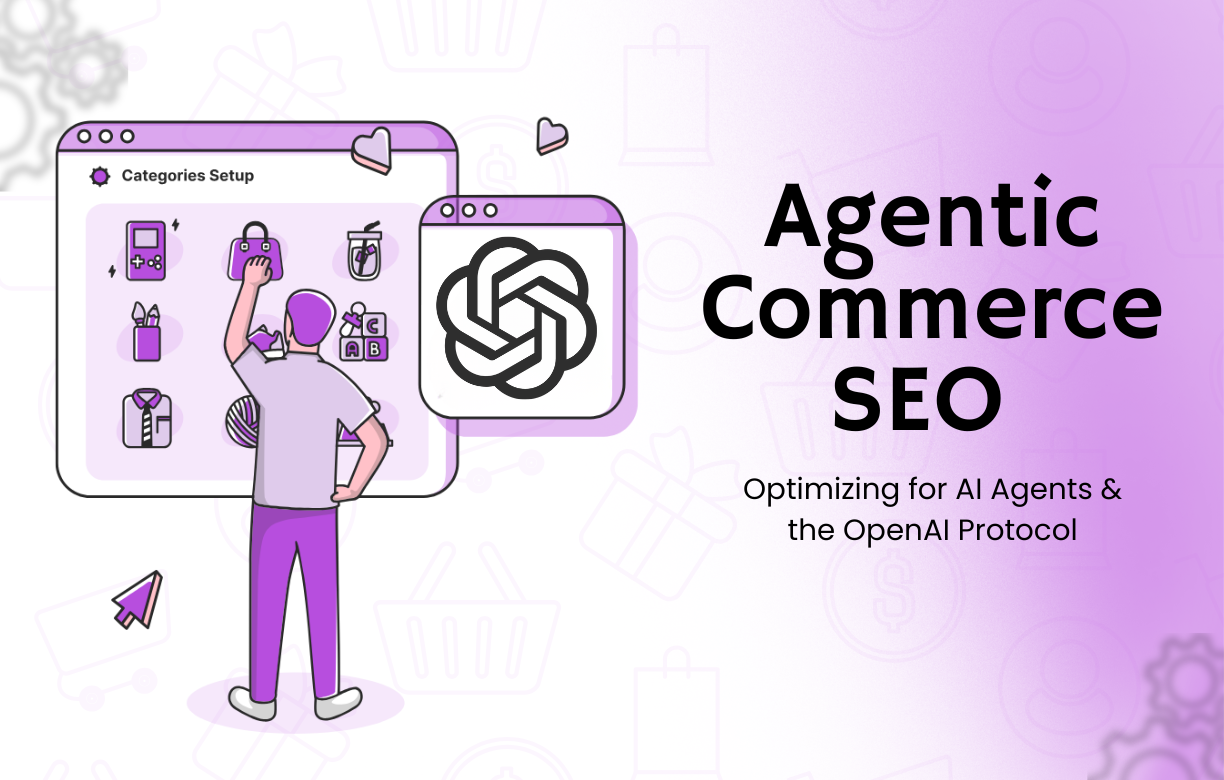Recently, Google updated its Search Central documentation to define how publishers should implement JavaScript paywalls. Specifically, Google warns that the common practice of delivering the entire article content in the initial server response and then hiding it client-side (via JavaScript overlays or CSS) confuses search crawlers. If you’re using a paywall on your website, it’s important to avoid the full content from being visible in the initial server response.
Most of the JavaScript-based paywalls load the complete article and later use a script to hide it until a user’s subscription is verified. This is not the right way to restrict access because the content is already present and can be easily accessed by bypassing the script.
Table of Contents
ToggleWhich is the secure method for JavaScript Paywalls?
A more reliable method is to ensure that the server only sends the complete content after the user’s subscription status has been confirmed. In other words, publishers should avoid serving the article text up-front and then masking it; instead, they should only send the full content after verifying that the user (or crawler) has subscription access. When using a paywall, an outdated approach can confuse Google’s automated systems, making it hard for them to differentiate between content that’s restricted and content that’s freely accessible.
This subsequent change was included in Google’s “Fix Search-related JavaScript problems” documentation, flagging that paywalled content must be handled carefully. Briefly, Google is recommending publishers to re-evaluate how they’ve implemented soft paywalls. Instead of relying solely on client-side hiding, publishers should either gate the content server-side or clearly indicate that a section is behind a paywall.
Why Proper JavaScript-based Paywalls Implementation Matters
Search visibility is critical, especially since Google dominates as the primary entry point to online content. As a fact, more than 68% of all online experiences begin with a search engine, and Google alone processes roughly 16.4 billion queries per day (about 190,000 per second). More than 90% of global searches occur on Google, and Google drives over 63% of U.S. web referral traffic. Importantly, the first page of search results gets over 99% of all clicks (with the top organic listing alone garnering about 27.6% of clicks). And, roughly around 75% of users never go beyond the first page. In other words, any drop in ranking can dramatically reduce your audience.
If paywalled content is misinterpreted, it risks being ranked as freely available (or worse, flagged as cloaking). Google’s search algorithms prioritize transparency; signaling that content is behind a paywall helps Google index it correctly. Adding schema markup to content behind a paywall helps Google’s systems understand the difference between legitimately restricted content and deceptive practices like cloaking. This structured data is crucial for preventing a website from being penalized for showing different content to users and search engine crawlers.
Publishers who don’t follow this recommendation may unintentionally harm their SEO. For example, one industry analysis observed that when BBC.com rolled out a dynamic paywall for U.S. readers, U.S. traffic to the site fell by about 15% month-over-month. Although many factors can affect traffic, this illustrates how abrupt access changes can impact audience size.
In addition, confusing the indexing process also spoils user experience. If a search snippet appears to contain full content but the user then hits a paywall, that mismatch is frustrating. By complying with Google’s guidance, you ensure searchers are not misled – improving trust and reducing bounce.
Paywalls have become standard practice, with a Reuters Institute report showing that 69% of top newspapers in the U.S. and Europe have an online paywall. As more publishers adopt subscription models, clearly distinguishing paid content becomes even more important for maintaining search visibility.
Best Practices and Recommendations
To adhere to Google’s guidance and protect your SEO, publishers should review their JavaScript-based paywalls setup. Key recommendations include:
- Deliver content conditionally (server-side gating): Configure your site so that the full article text is only sent in the HTML response after confirming the user’s access (e.g. after login/session check). Avoid outputting the entire article and merely hiding it with JavaScript or CSS. Google is clear on its stance: the complete content should only be delivered to a user’s device after their subscription has been verified.
- Use structured data to label paywalled sections: Implement Schema.org markup to tag paywalled content explicitly. For example, within a NewsArticle or Blog schema, set isAccessibleForFree: false on the CreativeWork and use hasPart.cssSelector to point to your paywall section class. Google’s documentation (and the Rich Results Test tool) now recognizes this markup. Search Engine Journal notes that you should wrap paywalled blocks in a <div class=”paywall”>…</div> and include JSON-LD (or microdata) that sets “isAccessibleForFree”: “False”, “cssSelector”: “.paywall”. This structured data makes it clear to Googlebot which content requires a subscription, preventing it from being mistaken as cloaked.
- Test with Google tools: After implementing paywall logic and markup, use Google’s testing tools to verify correctness. The Rich Results Test and Search Console’s URL Inspection can show whether Google sees your paywalled sections properly. In particular, Google has updated the Rich Results Test (October 2023) to authenticate paywalled content markup. Run your pages through these tools to ensure no critical errors. In Search Console, monitor for any indexing errors or warnings related to blocked content or structured data.
- Minimize cloaking issues: By following the above steps, you reduce the risk of being flagged for cloaking (showing different content to Google vs. users), which is a violation of Google’s spam policies. If you serve any content only to Googlebot (e.g., free content preview) and different content to users, that can be interpreted as deceptive. Proper use of the isAccessibleForFree flag and consistent bot policies (as in AMP or Accelerated Mobile Pages) helps avoid these pitfalls.
Conclusion
In summary, adopting Google’s recommended approach will make sure that your paywalled content is indexed and ranked appropriately. This clarity improves SEO and aligns with Google’s guidelines, while also protecting your user experience. Remember that organic search often drives a substantial share of traffic and revenue for content sites (many studies show organic traffic contributes 40–50% or more of site visits). By preventing indexing confusion, you safeguard that valuable traffic.
Publishers should audit any existing JavaScript-based paywalls now: check if the full text is sent before access is confirmed, and if so, switch to conditional delivery or proper schema markup. Use Search Console and Rich Results Test to validate the setup. Following these best practices will help avoid unexpected drops in visibility and ensure that searchers find exactly the content they expect.
Sources: Google Search Central docs




